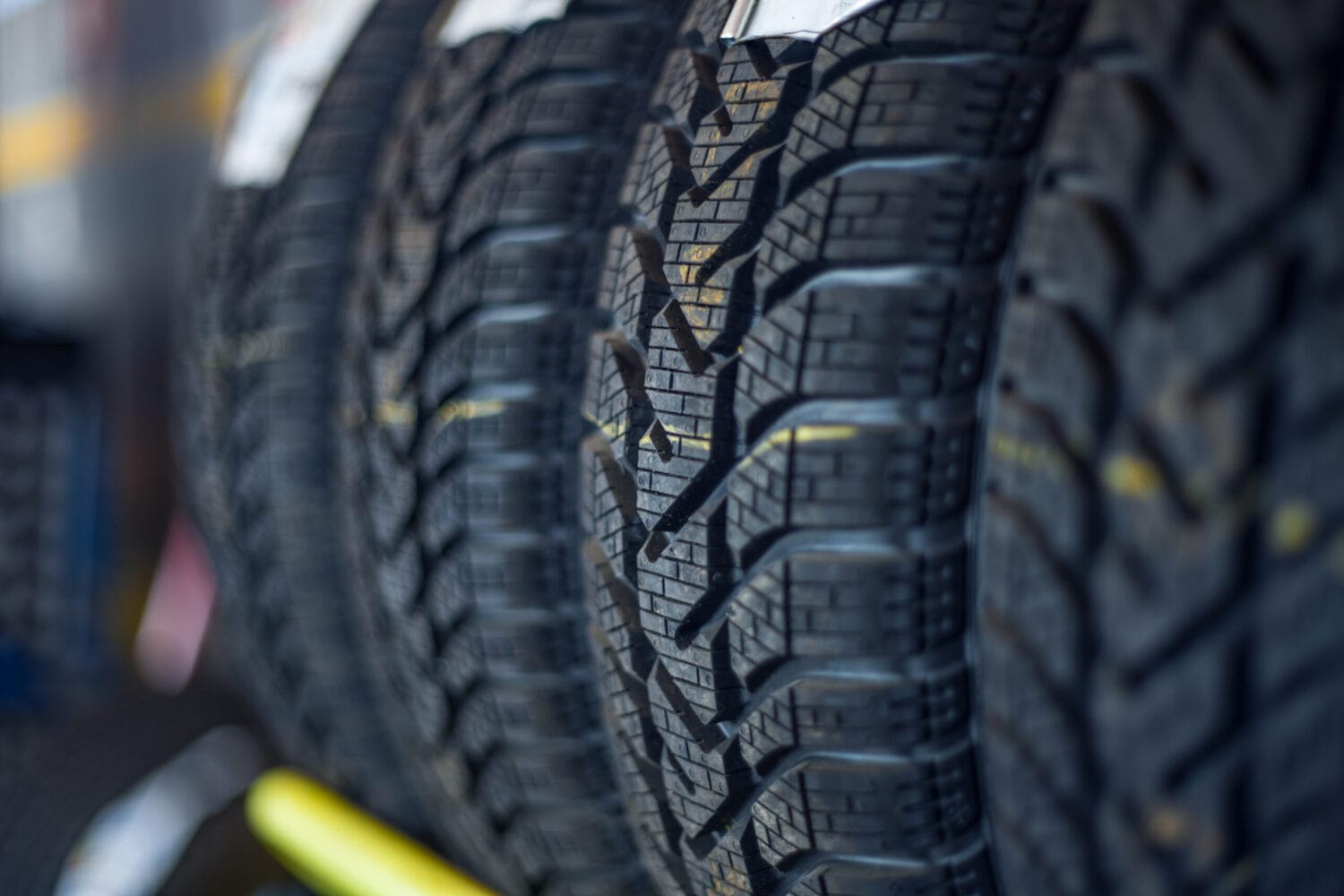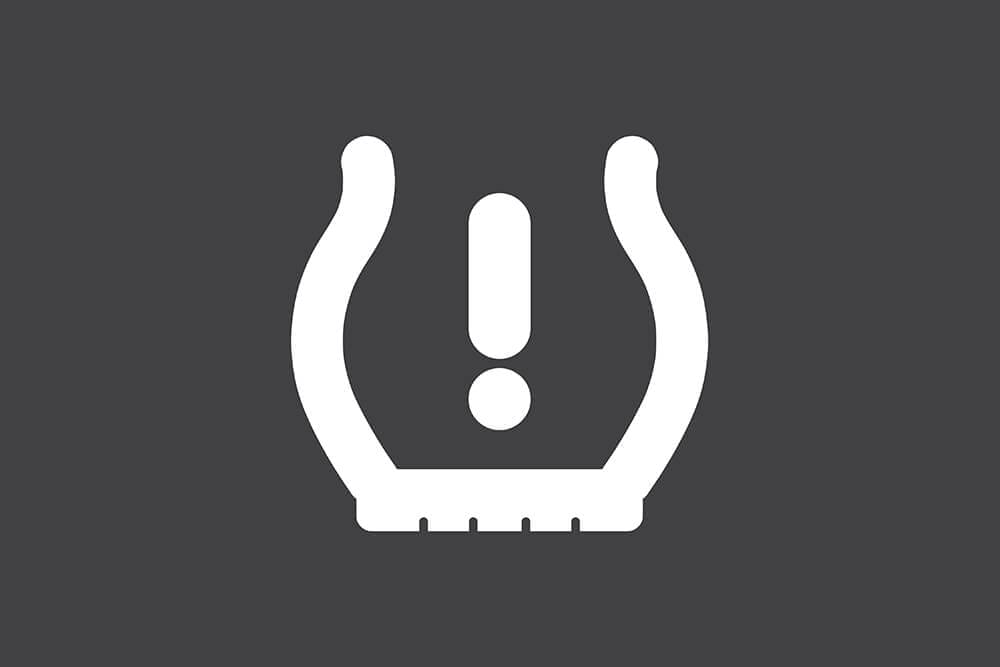
What Happens If I Ignore My Low Tire Pressure Light?

If you drive a car built in or after 2008, your vehicle uses a tire pressure monitoring system (TPMS) which tracks tire pressure via a series of sensors. What many people don’t realize, however, is the low-pressure warning light won’t come on until a tire reaches 25 percent below the manufacturer’s recommended pressure for safe driving. In essence, the TPMS warning light shouldn’t be a substitute for regular tire pressure checks because properly inflated tires are crucial to safe driving.
Why You Should Never Ignore the TPMS Warning Light
An underinflated tire–even minimally–can fail and endanger your safety. For example, underinflation causes tires to flex more, generating more heat. Under these conditions, other components inside the tire can overheat and break down. Now, imagine this scenario on a balmy summer day while driving 70 mph down the freeway. The risk just isn’t worth it.
In addition, low tire pressure stresses your vehicle, causing it to lose fuel efficiency. Not to mention, tires not operating at optimal levels wear out sooner. Since underinflated tires are simple to fix, why risk it?
Steps to Take When the Warning Light Comes On
If the TPMS warning light comes on, find a place to safely pull over and check the pressure on all tires. Though only one may need air, it never hurts to create a habit of thorough checks. Did you know that cold weather affects tire pressure? When temperatures drop, your TPMS warning light could trigger, especially after a freezing winter night. When this happens, the light should shut off after a few minutes.
If the light flashes but doesn’t remain on, it could mean a malfunction with your TPMS system. Driving on a spare can also elicit a flashing light if the system can’t efficiently sense the original wheel. If you think the monitoring system is on the fritz, having it looked at by a licensed mechanic should be a priority.
Be Diligent
In most cases, the TPMS warning light indicates a tire that’s losing air and shouldn’t be relied on to maintain awareness about tire inflation. For that, you’ll need to take initiative and regularly monitor your tire pressure on your own. Most experts recommend a check at least once a month, and many shops will do it for free during routine maintenance if requested. Since adding air to a tire requires little time and effort and makes a significant difference in driving quality, the reward is more than worth the labor involved.
For all your vehicle’s maintenance and repair needs, remember to call Carfix in Mast Dr Garner, NC at 919-900-6505 today!
How Can We Help?We can’t wait to care for your car!
© 2025 Carfix. All Rights Reserved.
Sitemap | Privacy Policy | Terms of Use | Cookie Policy | Accessibility Statement